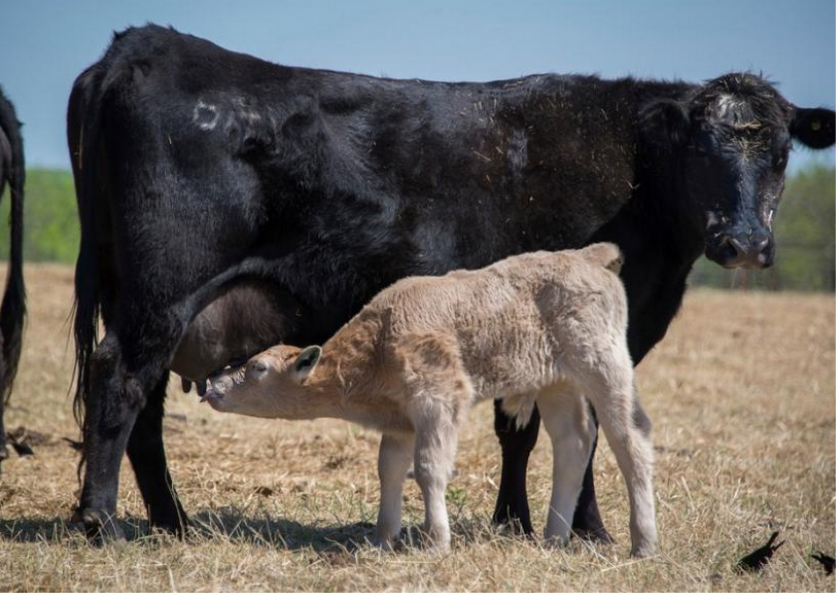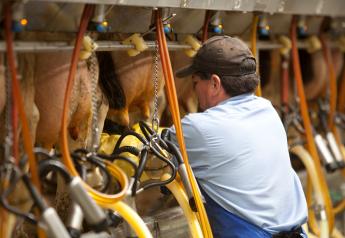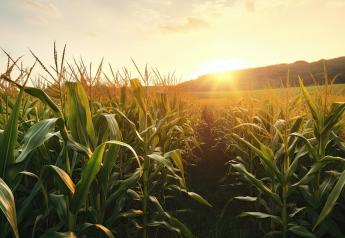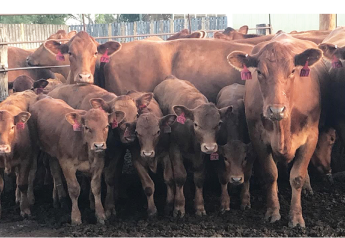Feed Cows at Night to Produce More Calves in Daylight

Calving season is a critical time of year in cow-calf operations. Calving, especially during winter months, can be challenging. If you are interested in simplifying calving season, this week’s topic addresses a simple change in management that can result in more cows calving during the day time.
Calving during daylight means calves are born during times of warmer temperatures, cows calving are easier to find and provide assistance if needed and accordingly, more calves saved and alive. The simple management change that leads to more cows calving during daylight hours? Feeding cows at night.
There are several data sets collected over time that indicate feeding cows at dusk will increase the number of cows calving during the day time. Bear in mind, feeding cows in the evening does not completely eliminate cows calving during the night but does result in a distinctly higher percentage of cows calving in daylight hours.
In one of the largest trials conducted, 1331 cows on 15 farms in Iowa were fed once daily at dusk, 85% of the calves in those herds were born from 6:00 am to 6:00 pm. It is noteworthy that the change from morning to night feeding can be made as soon as a week before calving and result in the benefit of more calves born during the day. But keep in mind, night feeding for several weeks prior to calving season is even more effective in getting more calves born during the day time.
References: http://beef.unl.edu
Dr. Glenn Selk explains how feeding cattle later in the day can help ensure calves will be born during the day on SUNUP TV. https://www.youtube.com/watch?v=0AOOSfH4Q_o







